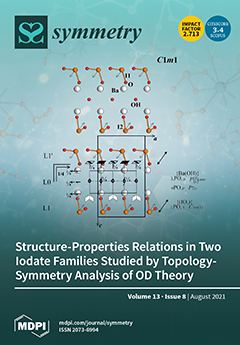This study aimed to investigate the differences between the number of yeast-like fungi and molds in the coastal air of five coastal towns of the Gulf of Gdańsk in 2014–2017 vs. 2018, which saw an emergency discharge of sewage. In 2014–2017, a total
[...] Read more.
This study aimed to investigate the differences between the number of yeast-like fungi and molds in the coastal air of five coastal towns of the Gulf of Gdańsk in 2014–2017 vs. 2018, which saw an emergency discharge of sewage. In 2014–2017, a total of 62 duplicate samples were collected in the coastal towns of Hel, Puck, Gdynia, Sopot, and Gdańsk-Brzeźno. In 2018, after the emergency disposal of raw sewage, 26 air samples were collected. A Pearson chi-squared test of independence showed that during 2018 in Hel and Sopot, the mean number of molds and yeast-like fungi was higher than in 2014–2017. The result was significantly positive,
p ≤ 2.22 × 10
−16. The analysis of the General Asymptotic Symmetry Test showed that in Puck and Gdańsk-Brzeźno, the average number of
Aspergillus sp. mold fungi was higher in 2018 after an emergency discharge of sewage into the Gulf of Gdańsk compared to the period 2014–2017. The result was not statistically significant. In addition, the average number of
Penicillium sp. molds in 2018 in Gdańsk-Brzeźno was higher than in 2014–2017, but statistically insignificant (
p = 0.9593). In 2018, the average number of
Cladosporium sp. molds in Sopot was higher, but also statistically insignificant (
p = 0.2114) compared to 2014–2017. Our results indicate that the study of the number of yeast-like fungi in the air may indicate coastal areas that may be particularly at risk of bacterial or mycological pathogens, e.g., after an emergency discharge of raw sewage.
Full article





